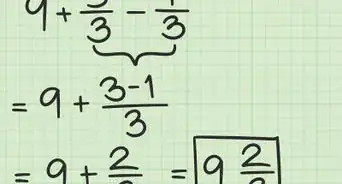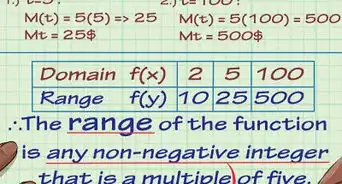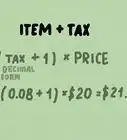Study functions for algebra or precalculus
X
wikiHow is a “wiki,” similar to Wikipedia, which means that many of our articles are co-written by multiple authors. To create this article, volunteer authors worked to edit and improve it over time.
Learn more...
Quickly find out if a relation is a function by examining the inputs and outputs. When you’re given a set of ordered pairs, check whether any inputs have multiple outputs. If so, the relation is not a function. This wikiHow guide shows you how to know when a relation is a function.
Things You Should Know
- Relations are a set of inputs and outputs, often shown as ordered pairs or a table.
- Functions are relations in which each input has exactly one output.
- Check whether each input has one output to know if a relation is a function.
Steps
Section 1 of 2:
Definitions
-
1Relations are a set of inputs and outputs. The inputs (domain) are paired with outputs (range).
-
2Functions occur when each input has exactly one output. Different inputs can have the same output value. An input can not be assigned to multiple output values.
- If you’re looking for quadratic function information, check out our guides on finding the inverse and finding the max or min.
Advertisement
Section 2 of 2:
Evaluate the Relation
-
1Put your ordered pairs into a table. If you were given a set of ordered pairs, putting them into a table is helpful for checking if the relation is a function. Skip this step if you already have a table of inputs and outputs.
- Take the left value (the x value) of each ordered pair and place them vertically in the left column (input) of a 2 column table.
- Repeat for the right values (the y values), placing them in the right column (output).
-
2Check whether any inputs have multiple outputs. If an input has multiple outputs, the relation is not a function.
-
3Take a look at this non-function example. You’re given the following set of ordered pairs. Because the input 1 has two outputs, 2 and 7, this relation is not a function.
- (1, 2)
- (2, 4)
- (3, 10)
- (1, 7)
- (5, 0)
-
4Check out this function example. You’re given the following set of ordered pairs. Because each input only has one output, this relation is a function. Functions can have different inputs assigned to the same output. In this case, the inputs 3 and 4 have both been assigned to 10.
- (1, 2)
- (2, 4)
- (3, 10)
- (4, 10)
- (5, 0)
Advertisement
About This Article
Advertisement

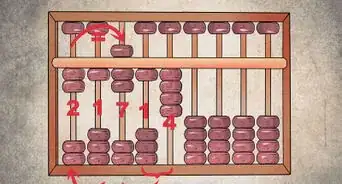
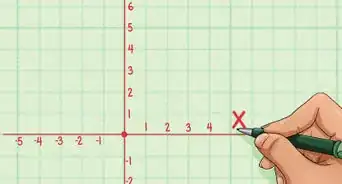
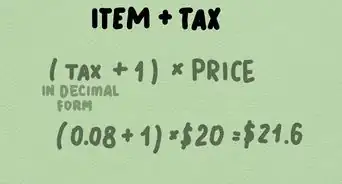


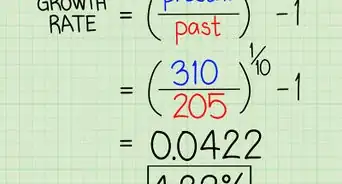
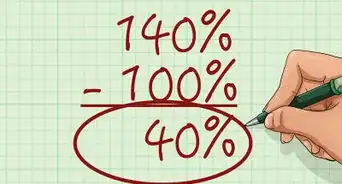



-Step-10-Version-3.webp)
